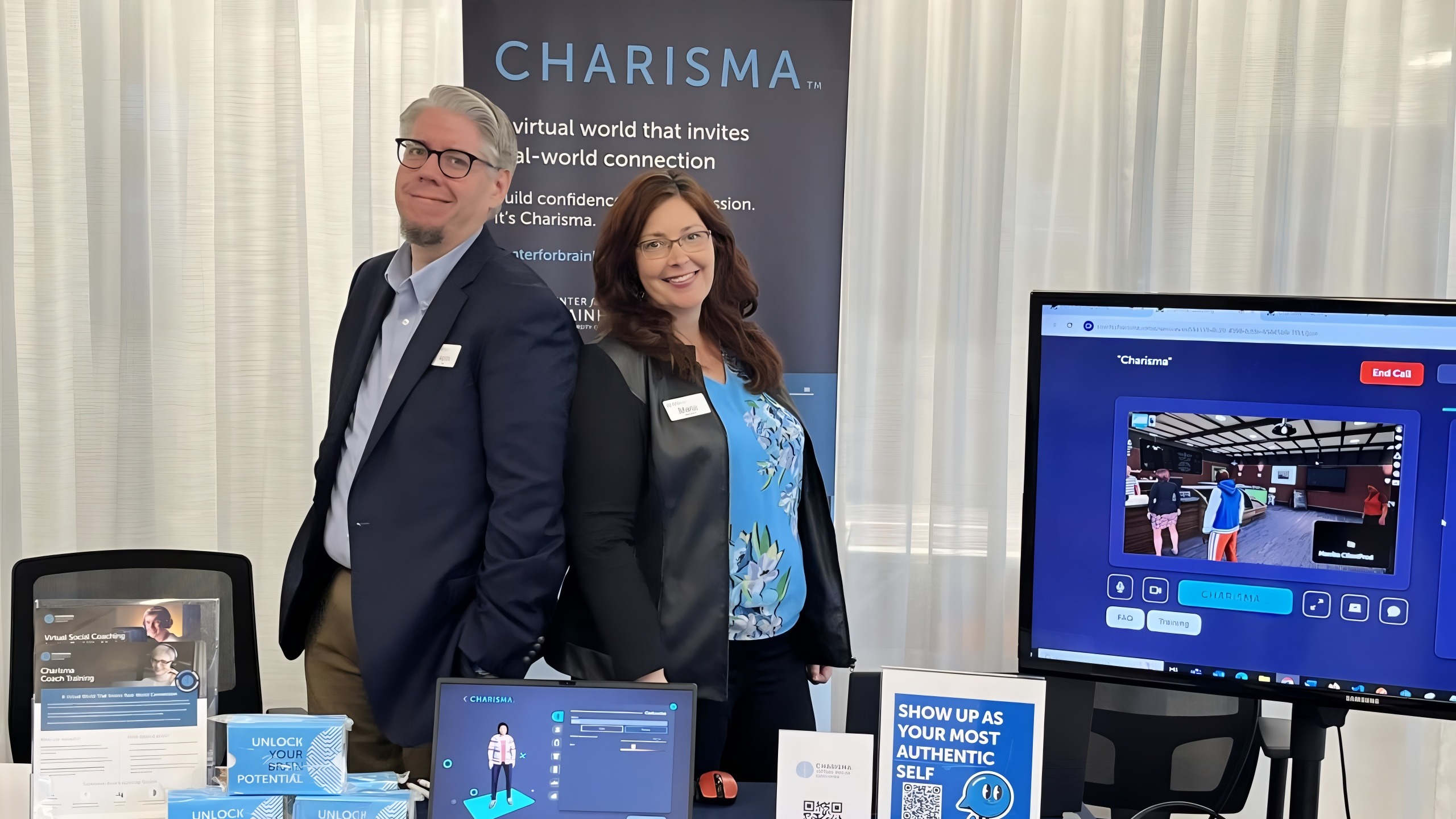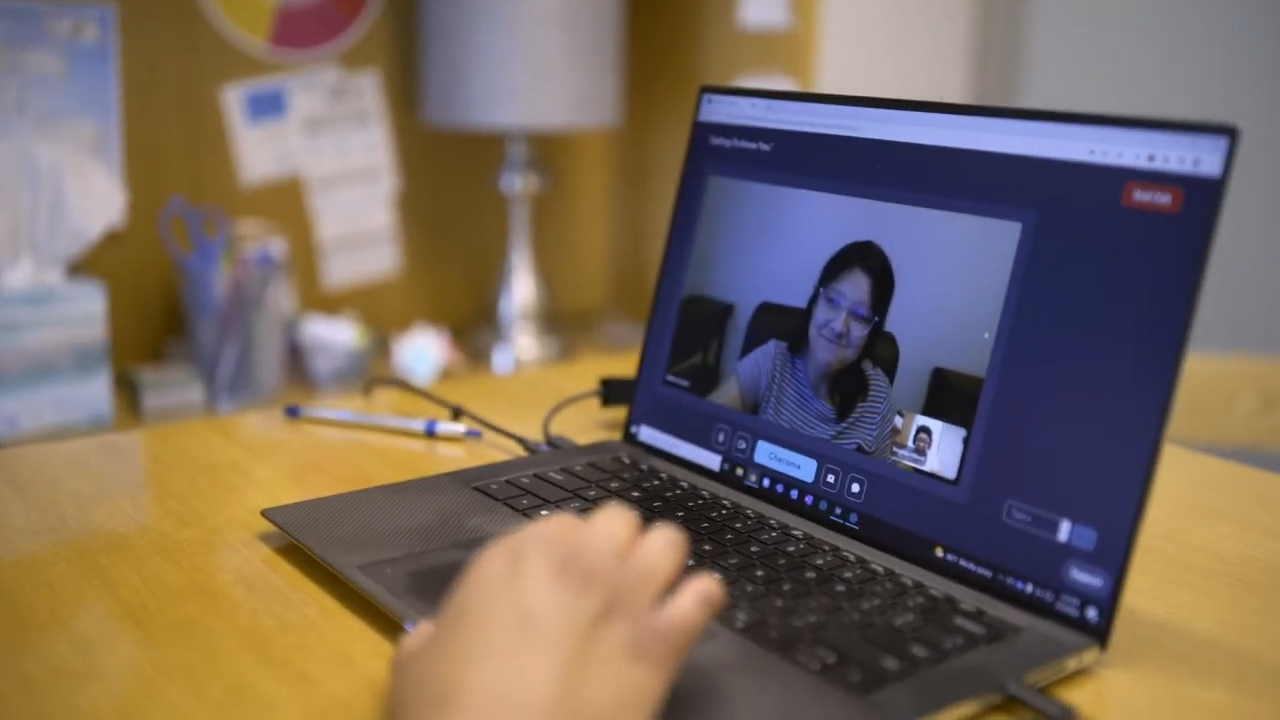Economics of Hearing Health
BRAINOMICS CASE STUDY
Open Printable PDFThe Brainomics team subscribes to the concept of doing the best things first4 – for us that means advancing the simplest interventions that offer the greatest return on brain health. Today, we turn our attention toward the frequently-overlooked impact of untreated hearing loss. No one waits to go blind before getting glasses, yet only 1 in 7 individuals with hearing loss wears hearing aids.5 So we ask, why are so many Americans neglecting their hearing health?
“”
The Case for Urgency
Perhaps what’s missing is awareness of the intimate connection between an individual’s hearing ability and lifestyle factors that help to maintain and strengthening brain performance over time. According to a systematic review of recent related research conducted by the Lancet Commission, maintaining the ability to hear could prevent nearly 7% of all dementia cases.6 Simply put, when hearing health is compromised, so is the richness of human interaction – an important aspect of promoting, protecting and preserving brain health across the lifespan. Untreated hearing loss causes an individual’s cognitive batteries to wear down more quickly, a result of struggling to catch every word and decipher meaning. The cognitive strain of this effort to stay engaged imposes a significant tax on one’s health, often contributing to feelings of marginalization, confusion and a desire to further withdraw from social events as a means of coping with the problem. Unfortunately, the combination of mental fatigue, diminished social interactions and disconnection from environmental stimuli (like bird song, ambient chatter and traffic noise) makes hearing loss one of the top risk factors for dementia.6
The Good News
Prevention and early action make a difference. Taking action is not only economically feasible – but remarkably effcient. According to the World Health Organization (WHO), scaling up global ear and hearing care services would require investing less than $1.40 USD per person annually.7 Looking forward over 10 years, WHO predicts an ROI of 16:1 on this modest investment.At Brainomics, we wonder if an effective way to catch hearing loss early is to provide economic incentives. What if we paid patients, or provided insurance discounts for each hearing screening and/or hearing aid adoption? What other ideas might be out there? Let's make it easy for people to say yes to taking proactive care of their hearing health, because in the long-run, these steps will also protect their most valuable economic asset – their brain.




